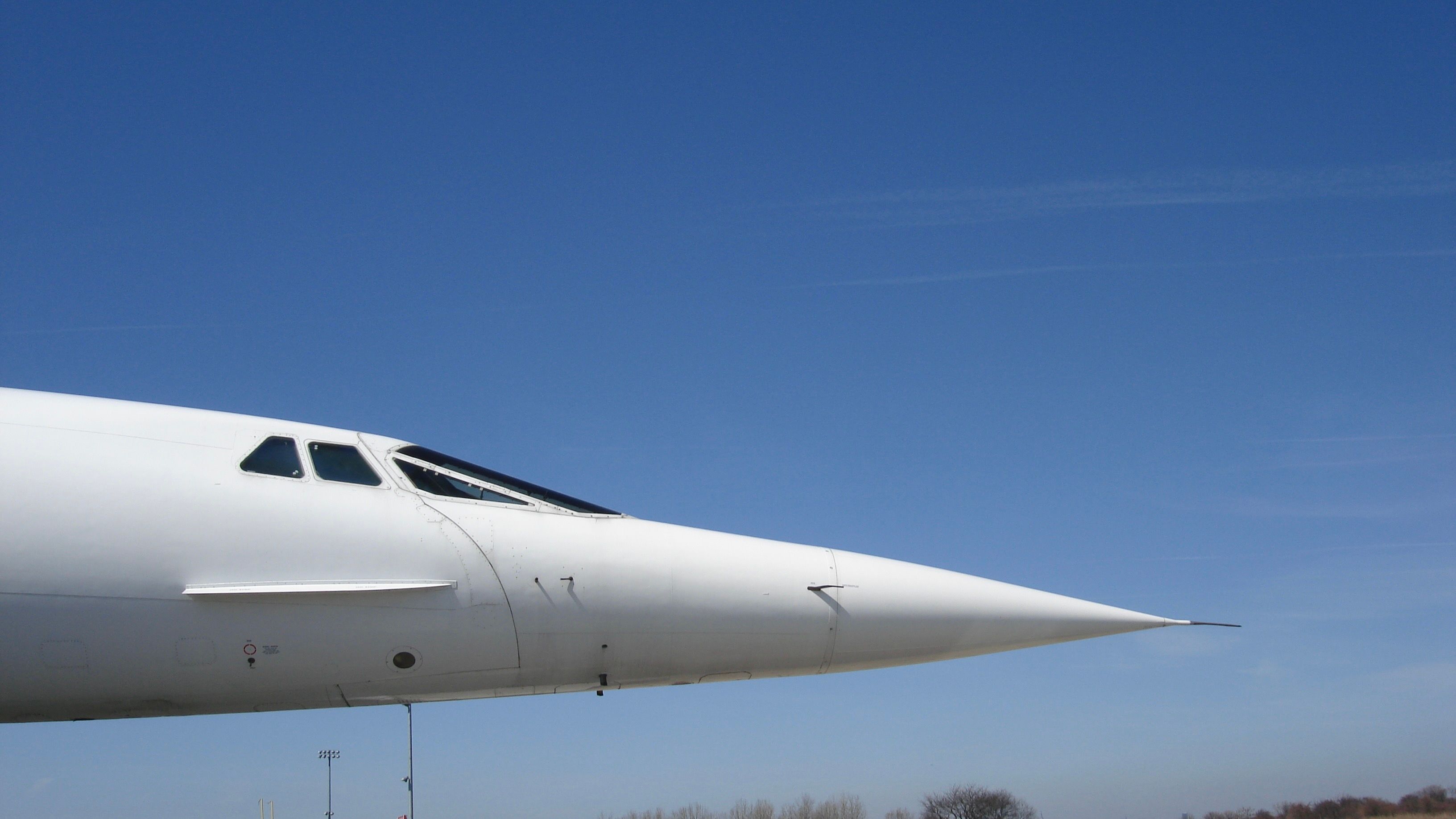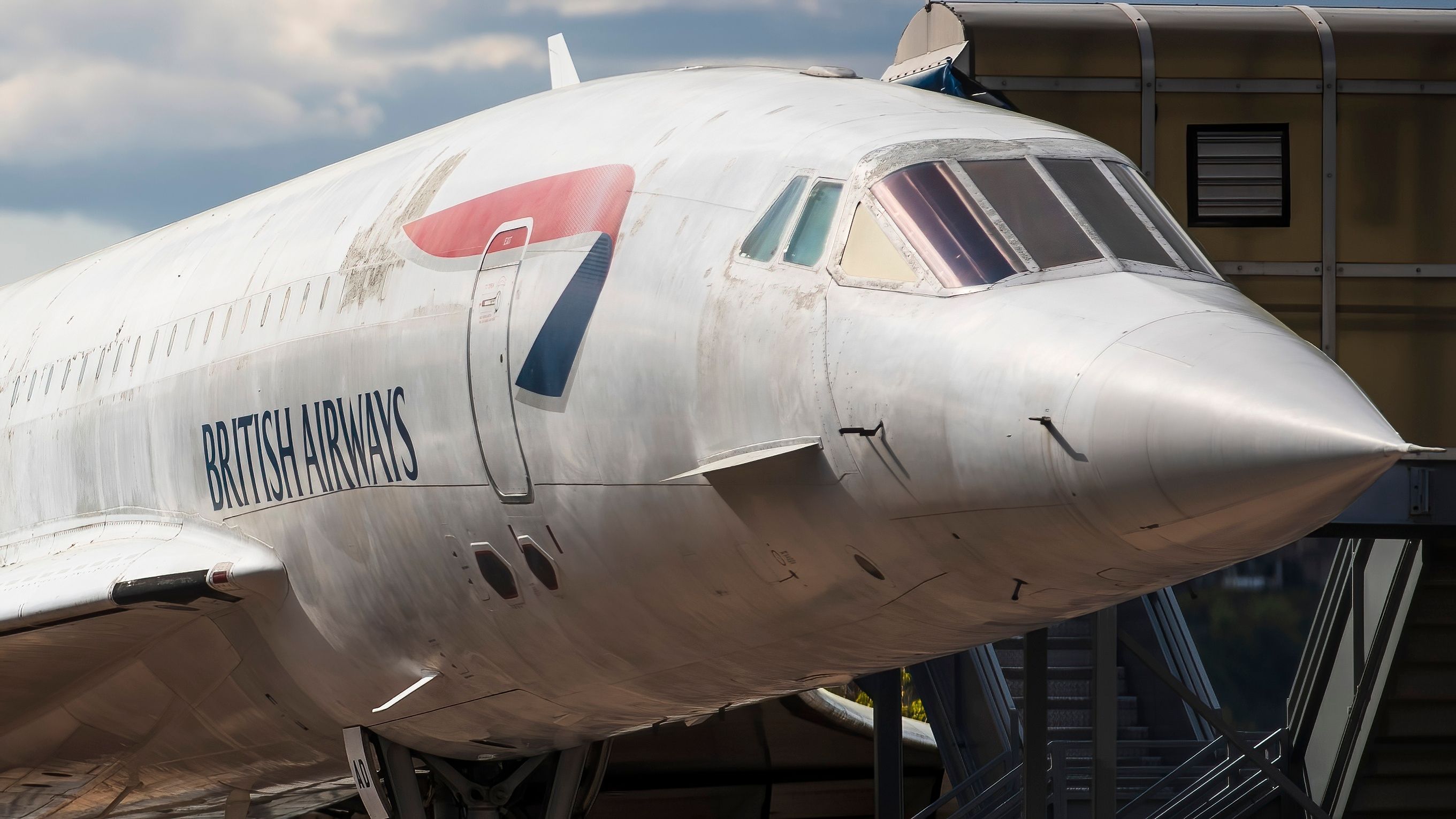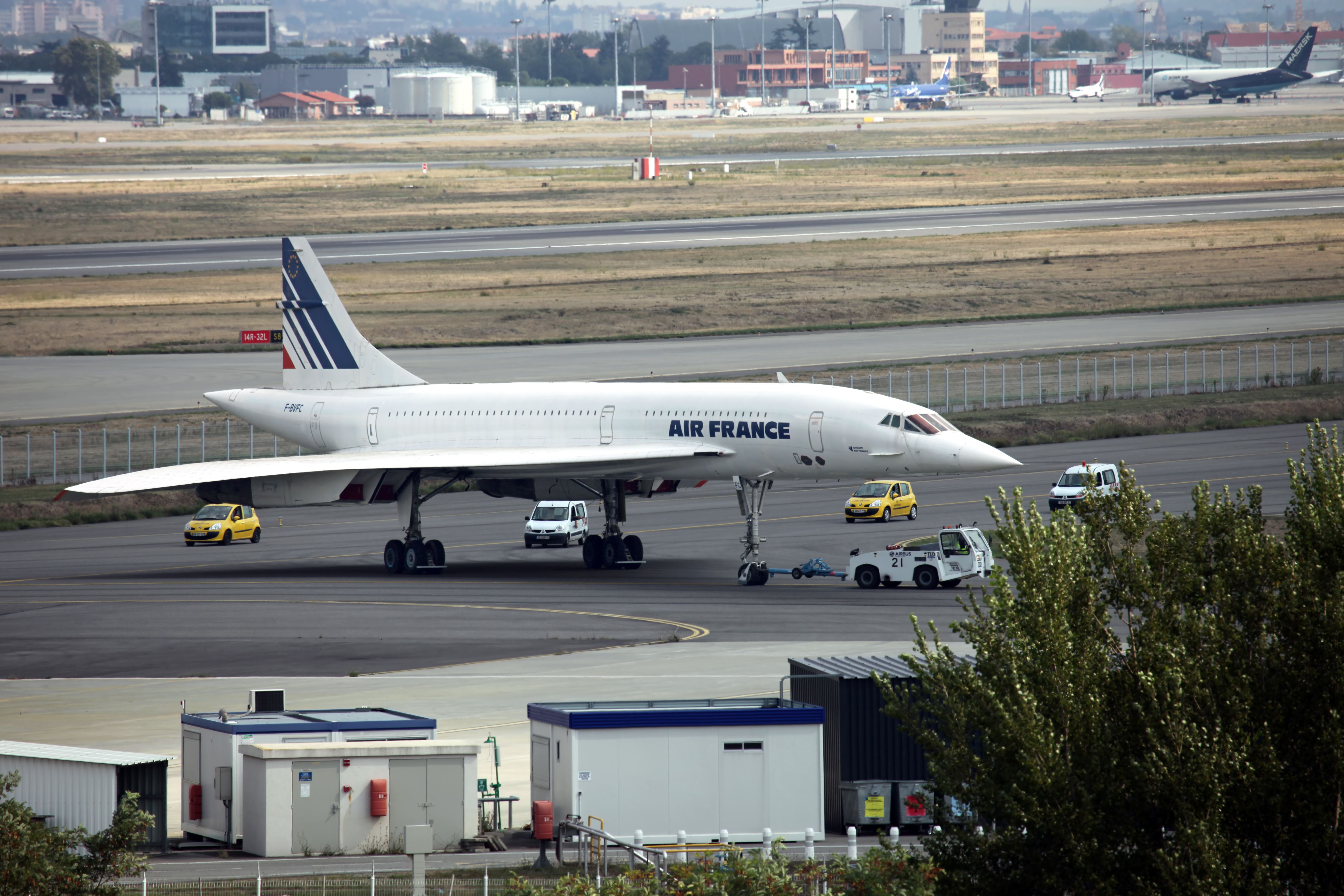Concorde was a great aircraft and an impressive engineering success. It offered a lot but was beset with numerous problems from conception throughout its lifecycle. High operating costs, supersonic safety perceptions, and noise pollution restrictions hampered its success. Ultimately, it was retired, as were supersonic passenger flights until very recently. Its high fuel use was undoubtedly a factor in its eventual shelving.
Guzzling fuel on the ground
Concorde was an engineering marvel. Several factors contributed to its supersonic success, including its delta wing design and moveable nose portion. It was designed for supersonic flight, making ground operations and takeoff particularly challenging for fuel consumption.
It is well known that fuel use was high in the early stages of flight. It is suggested that Concorde used an incredible two tons of fuel during an average taxi.
For takeoff, it used afterburners. Concorde only used these for takeoff and when accelerating to break the sound barrier. This carried a huge fuel consumption of 32.5 liters per second. Overall, it is suggested that Concorde used half of its total fuel load between leaving the gate and reaching its cruise speed of just over Mach 2.
Interestingly, Concorde's afterburner use was very different from the other commercial supersonic aircraft, the Tupolev Tu-144. It used afterburners for much more of the flight. It was far from fuel-efficient, however, with high operating costs and limited range.
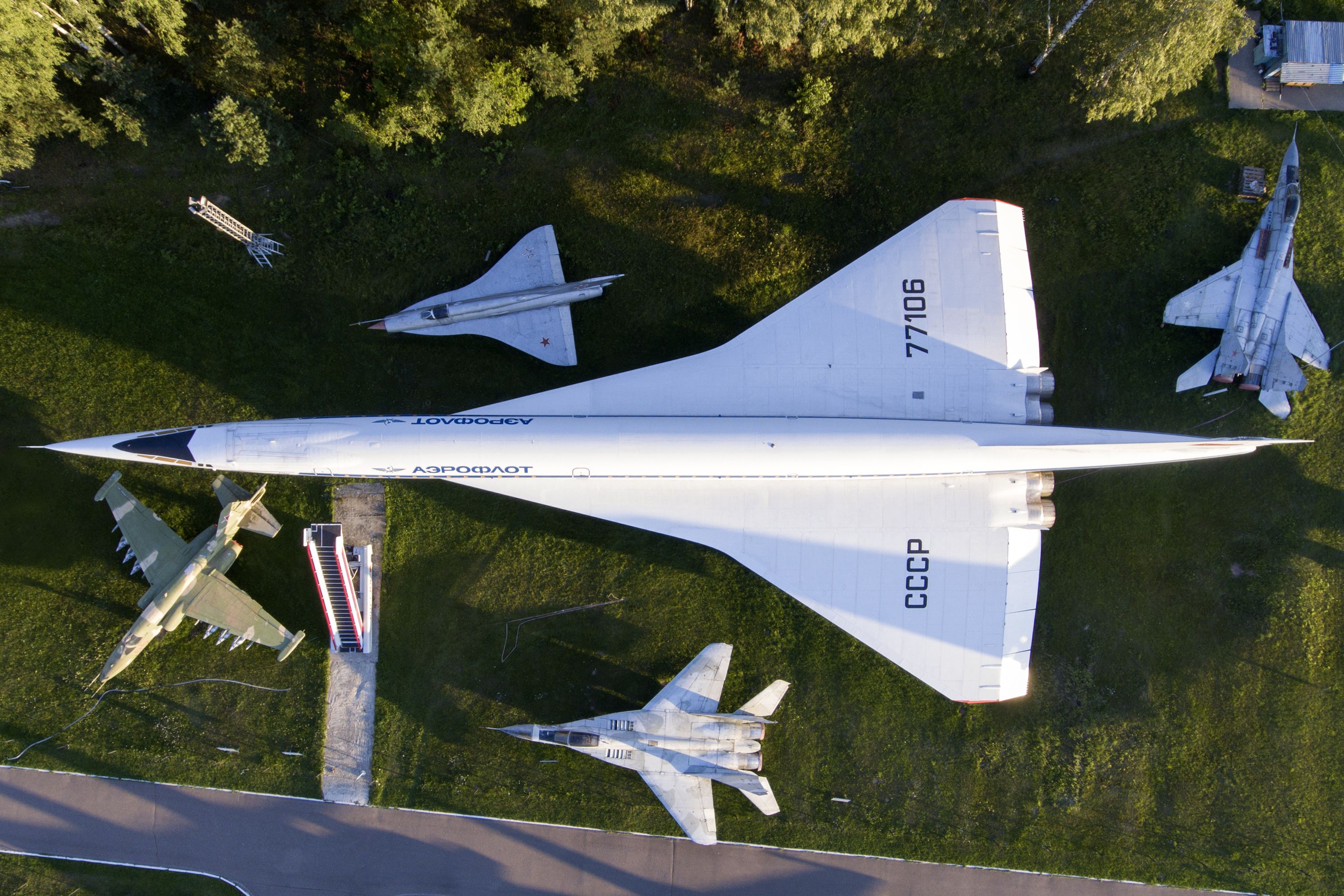
Where Can You Find Preserved Examples Of The Tupolev Tu-144?
Several airframes have been preserved at transport museums and airports across Russia and Germany since the Tu-144's retirement in 1978.Overall use on a long-haul flight
While it was notably inefficient in the early stages of a flight, that was not the whole story. We need to look at the total fuel consumption during flight to benchmark it. In its historical review of Concorde operations, British Airways quotes a total fuel consumption rate of 5,638 Imperial gallons (25,629 liters) per hour.
How does this compare to other aircraft? Unsurprisingly, not that well. Analysis on the website Flight Deck Friend suggests the Boeing 747-400 would average 14,400 liters per hour.
Want answers to more key questions in aviation? Check out the rest of our guides here.
The New York Times looked at the same comparison in the late 1970s when rising fuel prices were causing major difficulties for Concorde. It concluded that Concorde used four times the amount of fuel of the 747, based on a New York to Paris flight. These comparisons are even worse when looking on a per-passenger basis – Concorde, of course, only took 100 passengers, compared to well over 400 on the 747-400.
To compare it against more efficient aircraft today, we will use some analysis from the website Ask A Pilot. Here, the consumption of 20,500 kg per hour for Concorde compares to 5,400 kg per hour for the 787-9, 5,800 kg per hour for the A350-900, and 12,000 kg per hour for the A380.
Love aviation history? Discover more of our stories here.
Fuel and Concorde's retirement
Several factors contributed to the demise and retirement of Concorde. The fateful crash of an Air France flight in 2000 catalyzed the sealing of the aircraft's fate, but the problems started much earlier. Just the fact that only two airlines ever took delivery of Concorde, despite over 100 options from 18 airlines initially. The concerns they had at the outset – including fuel – remained a problem, and ultimately, the high fares needed to cover the operating cost, along with the limited operation, just did not work.
Concorde SST noted that in February 2003, an Air France unit lost 16 tons of fuel due to an engine fault and had to divert to Halifax, Canada, with 56 people on board. This factor contributed to the flag carrier of France bringing its Concorde retirement date forward.
After all, fuel contributed to amounting fees for Concorde operators. Carrying far fewer passengers than the jumbos of the time, the speed benefits found it hard to compete with the economic advantages of the widebodies.
British Airways had a yearly operating bill of around £1 billion thanks to Concorde's expenses. If we judge this figure against 2003, the aircraft's last year of service, this is equivalent to around £1.75 billion ($2.2 billion) in the modern era. So, it's not a surprise that airlines eventually found it hard to justify the legend's deployment.
Long-term legacy
November marked 20 years since Concorde's final flight. Even though it is two decades since the type last hit the skies, the aircraft is still revered across the globe. It is an engineering marvel that pushed the boundaries of aviation.
The overall costs of such an aircraft have aided in the lack of the return of commercial supersonic flight to this day. However, this is set to change by the time the decade is over, with the likes of Boom Supersonic making strides to introduce another wave of supersonic travel. Boom has touted that its offering will be profitable for airlines at rates similar to everyday business class tickets.
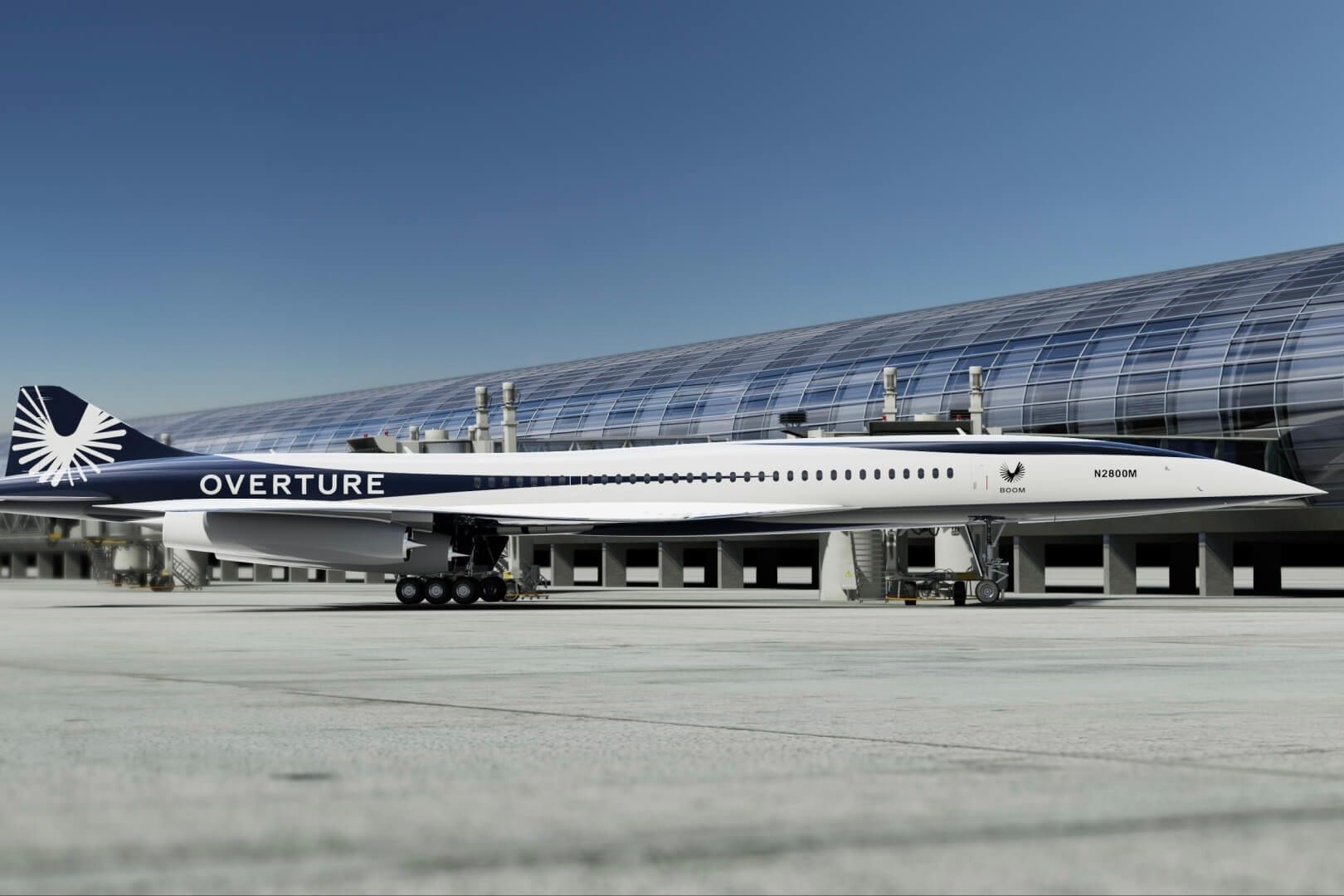
When Boom Supersonic's Overture Will 1st Fly
Simple Flying caught up with Blake Scholl, founder and CEO of Boom Supersonic.Nonetheless, it is Concorde that made commercial supersonic service a reality nearly 50 years ago. Despite its costs, it managed to leave an impact that will be felt for generations.
There are many great things about Concorde – fuel consumption is not one of them. Feel free to discuss more about Concorde, its fuel use, and its operating economics in the comment section.

